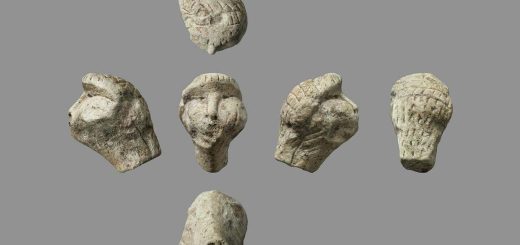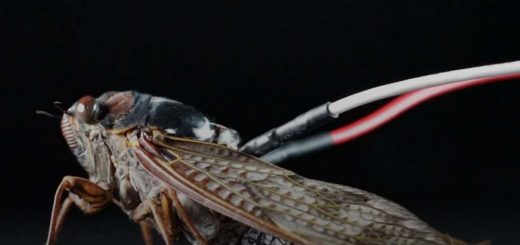Rust-based battery connects to an electricity grid for the first time
An iron-air battery in the Netherlands, which can store energy for 100 hours or more to make renewable power sources more consistent, has become the world’s first “rust” battery to connect with an electricity grid
By Jeremy Hsu
30 July 2025
A rust-based battery system is stored in standard 12-metre shipping containers
Ore Energy
An iron-air battery that stores and releases energy through a reversible rusting process has become the first of its kind to connect with a public electricity grid. On 30 July, the Dutch start-up Ore Energy announced its batteries had connected to the grid at Delft University of Technology in the Netherlands.
Batteries can help deliver a consistent supply of electricity by storing renewable energy from solar or wind farms, releasing it when necessary to ensure that a sudden change in sunlight or wind doesn’t mean an immediate drop in available electricity.
Read more
Quantum batteries charge faster the larger they are
Advertisement
“You need to be able to store that excess energy when the wind is blowing and the sun is shining, to be able to deploy it when you need to during critical demand periods during the day,” says John-Joseph Marie at The Faraday Institution, a battery research body in the UK. “Essentially, batteries can help to smooth out that power output to make it usable on the grid.”
Many grid-connected batteries are now lithium iron phosphate ones manufactured in China. But they typically hold power for just 4 to 6 hours and are prohibitively expensive, says Marie. In contrast, the iron-air batteries developed by Ore Energy can store power for 100 hours or longer and are made from cheap and widely available materials.
“Iron is the most mined metal in the world, it’s incredibly cheap,” says Marie. “And when you combine that with air, which is literally all around us and basically free, those are almost the two cheapest components that you could find.”


